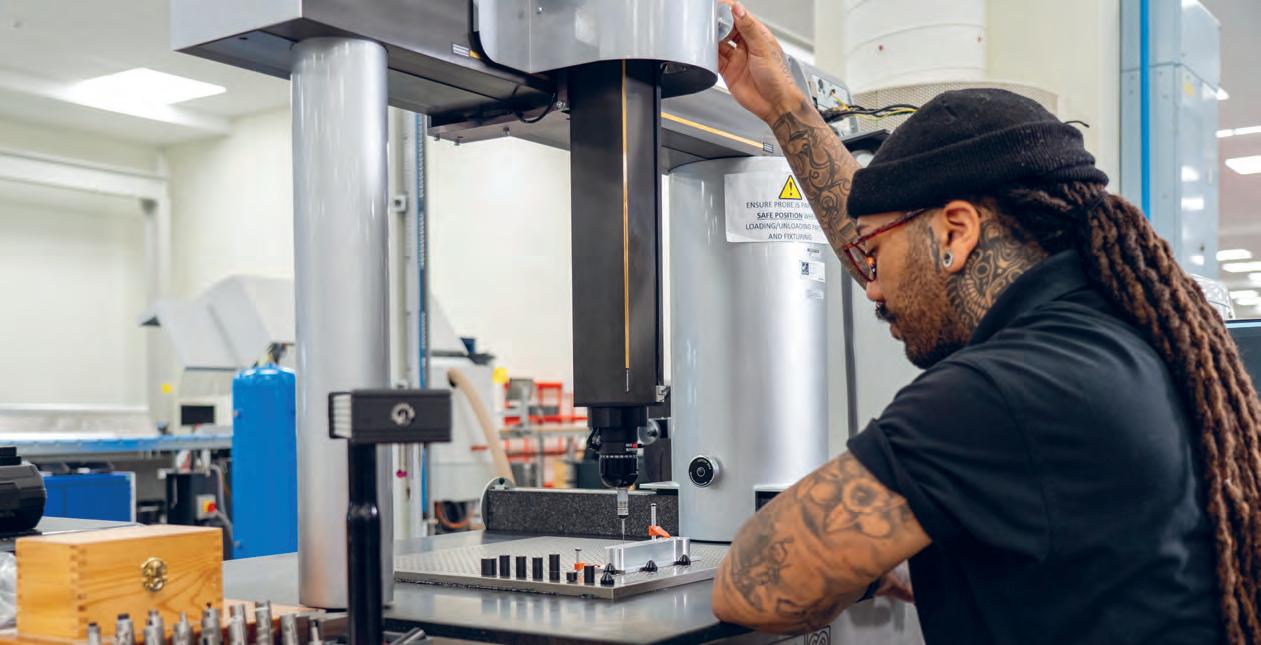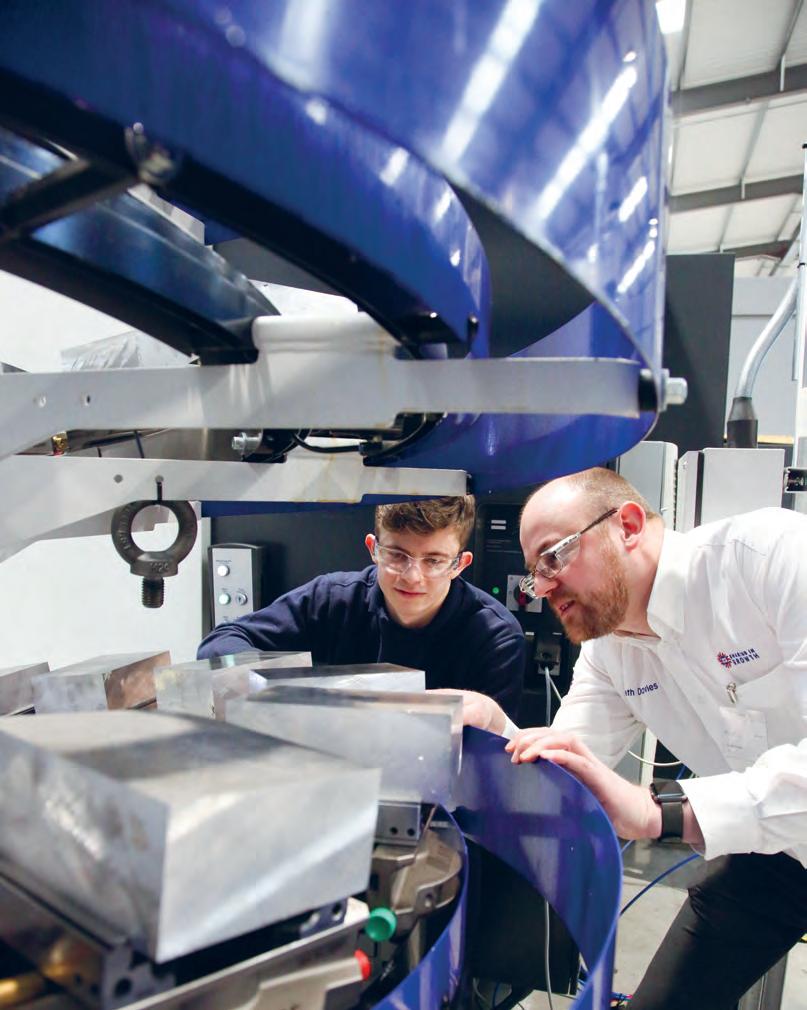
3 minute read
5 STEPS TO NAVIGATING NET ZERO
Climate business expert Nigel Topping recently stated that if governments were to make bolder policy decisions and take urgent action, the world could reach net zero by the early 2040s. Some sectors, he argues, could even be net zero by the end of the 2030s.
However, an independent review carried out by Tory MP Chris Skidmore on the UK government’s delivery of net zero, has found that the UK is falling behind in the race to curb emissions. The review makes 129 recommendations including the development of a policy proposal to incentivise on-site generation in manufacturing by Q2 2024 to increase adoption across the sector.
Having spoken with multiple business leaders within the manufacturing community – an industry that accounts for around 12% of the country’s total emissions – there’s a clear demand for greater clarity and certainty from the government and local authorities.
Rising costs and severe labour shortages have disrupted many manufacturers’ net zero strategies. Now, with the UK facing continued economic uncertainty, businesses around the country remain in survival mode, further delaying any progress from being made.
Yet, the likelihood is that manufacturers will still have some time left to wait before any additional financing and support is made available. All the while global
To Reach Net Zero
warming is rapidly approaching a tipping point from which there is no return. This means that we need an ‘act now to go further and faster later’ approach.
Outlined below are some of the first steps manufacturers should take as they look to start, or restart, their journey to net zero. This can be used as part of a wider net zero checklist that businesses will need to integrate between now and the 2050 deadline.
1. Measurement and benchmarking
The first steps on the journey to net zero will look different for every manufacturer. It's important that you find an action plan tailored specifically to your needs that works within your budget restrictions.
As a first step, you should look to use a carbon calculating service to measure your carbon footprint. This will allow you to identify sources of emissions and any potential cost savings. It will also allow you to create a benchmark to work against.
By measuring your progress over time, you can start to demonstrate your sustainability credentials and activities to your customers and stakeholders, including new business tenders.
2. Internal and external communication
Communication is key when it comes to net zero strategies. And this is something you can do right away.
Firstly, it's important that you make sure that all your staff, from the board down to the factory floor, are fully onboard and feel part of the journey. Likewise, you should ensure stakeholders and customers know about your commitments, sharing any successes and shortcomings with them along the way.
You should also take care to upskill your employees with net zero values and any expertise they need to support new procedures or technologies such as data analysis or electric driving.
3. Renewable energy
Switching to a renewable energy supplier is an efficient way to reduce Scope 2 carbon emissions. Certain suppliers will also be able to provide customers with Renewable Energy Certificates (RECs) which allow you to substantiate your green credentials.

Another cost efficient way to reduce energy usage is to install LED lighting and insulation throughout your premises.
LEFT: Net zero offers the UK a historic opportunity to grow its economy and protect the planet at the same time
LED bulbs use up to 90% less energy than conventional halogen bulbs, while insulation can help you to significantly save on money and carbon emissions. And while not every business will have the upfront capital expenditure required for on-site generation right now, it’s worth remembering that this is a great opportunity for manufacturers to create new revenue streams through the use of a Power Purchase Agreement.
4. Smart meters
Smart meters are a fundamental part of the net zero puzzle. They allow businesses to leverage the goldmine of data at their fingertips. And with the right expertise, you can turn that data into intelligent conversations about sustainability, health and safety, and competitor analysis. These are a no brainer for manufacturers who want to improve operational efficiency, security and profitability.
5. Asset optimisation
My final recommendation for manufacturers looking to advance their net zero strategies and save money in the process is to look into advanced electric asset optimisation. This allows you to make full use of your existing infrastructure, switching it up/down or on/ off during certain times to reduce energy consumption. Not only is this an efficient way to save money, but it also goes a long way to reduce your carbon emissions.
Act now to go further and faster later
To echo Chris Skidmore, net zero offers the UK a historic opportunity to grow its economy and protect the planet at the same time. While a full net zero strategy requires long-term investment which may seem unfeasible within the current economic climate, these incremental steps will allow businesses to get ahead and set themselves up for success in the years to come.
As one of the leading contributors to carbon emissions in the UK, the manufacturing sector has an important role in helping the UK meet its goal. Our online checklist is designed to guide you through the process, helping you save money by maximising your efficiencies and minimising your carbon footprint simultaneously.










